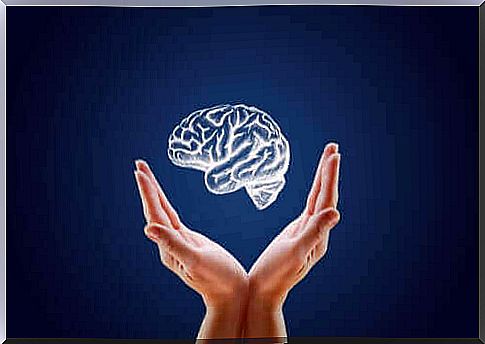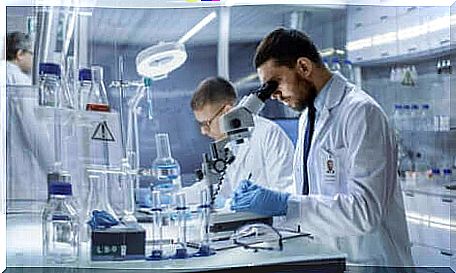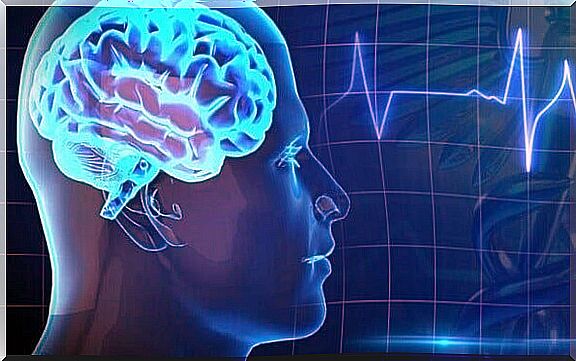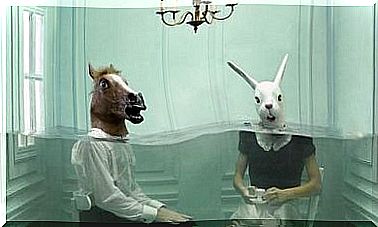Creating Mini-brains: The Start Of Human Cloning?

It looks like we are entering a new era of biotechnology that brings us one step closer to cloning. In early 2019, the brains of a group of pigs were resuscitated in a laboratory. The news had an impact because of what this breakthrough is all about.
A few months later, it was announced that a group of scientists had successfully brought mini-brains to life in a lab. The fact that mini-brains are created in the laboratory has given rise to a very heated ethical debate.
After all, based on what we currently know, we could say that a human being is essentially their brain. And we don’t know how far scientists will go in their quest to experiment with life. Due to the implications this entails, it has been suggested that this discovery could signal the start of human cloning.
According to science magazine Cell Press , the lab-created mini-brains are the size of a pea and produce brain waves similar to those generated by the brain of a premature baby. The medium term goal is to create more sophisticated neural networks.

Mini-brains created in the lab
The mini-brains created in the lab were developed by a scientific team at the University of California. The news was published in August 2019. Concretely, the experts created organoids whose cellular structures are similar to those of the human brain.
Mini-brains are a million times smaller than the human brain. They were developed from pluripotent stem cells and were placed in an environment that mimics that of the brain. This caused them to differentiate, transform, and then self-organize in the same way as in a brain.
This is not the first time that this feat has been attempted. In the past, progress had already been made in this direction, but until now it was not possible to produce organoids capable of developing neural networks as they work in humans. This is why this is an unprecedented advance.
Some details of the process
The first success of scientists was to create an optimized environment for the cultivation of stem cells. As a result, the organoids matured much better than in previous experiments. The process lasted a total of 10 months, during which neuronal activity was carefully monitored using multi-electrodes.
Just two months after the process began, scientists began to detect brain wave impulses in organoids. Although they do not produce continuous signals, but rather sporadically, it is clear that the waves have the same frequency as those of the human brain in the early stages of its formation.
With the growth of organoids, wave production was more and more diverse and regular. This indicated that increasingly structured neural connections were developing. These waves and frequencies are similar to those recorded in the brains of 36 premature babies, whose data had previously been taken as a reference.

Uses and implications: a step towards cloning?
Researchers believe that organoids are unlikely to have any mental activity as such. They claim it is a very rudimentary model. This model is therefore not capable of performing most of the activities of a real brain. However, they do not exclude the subsequent obtaining of more complex organoids.
The research team said the mini-brains created could be a great starting point for further study of how neural networks work. They believe that this could provide clues to better understand and treat certain diseases like epilepsy, autism, schizophrenia, etc.
Nevertheless, experiments in this area have aroused great controversy since their inception in 2013. For some experts, giving rise to the processes of neurogenesis and development of neural circuits provides, in practice, a physical support for development. of consciousness.
It is therefore not excluded that these mini-brains may, at a given moment, perform more complex functions. However, this is not possible at the moment, because a disembodied brain is also devoid of sense: it cannot perceive stimuli which are then converted into data to be processed.
Some, however, warn that there could be surprises in this haphazard process, and that we are getting closer to cloning human beings. Without a shadow of a doubt, we are traveling through fascinating and unknown terrain.









